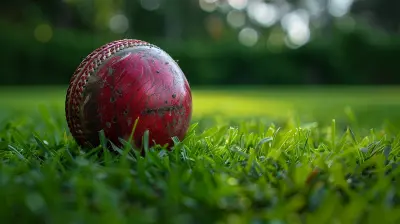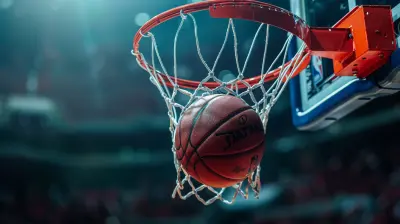The Importance of Properly Fitting Mouthguards in Contact Sports
5 October 2025
When it comes to contact sports, most athletes focus on strength, speed, and strategy. But there's one crucial piece of gear that often gets overlooked—mouthguards. Whether you're boxing, playing football, or enjoying a game of rugby, protecting your teeth and jaw should be a top priority.
But here’s the thing: not all mouthguards are created equal. A poorly fitting mouthguard can do more harm than good. In this article, we’ll dive into why a proper fit matters, the risks of wearing an ill-fitting mouthguard, and how to choose the best one for your needs.
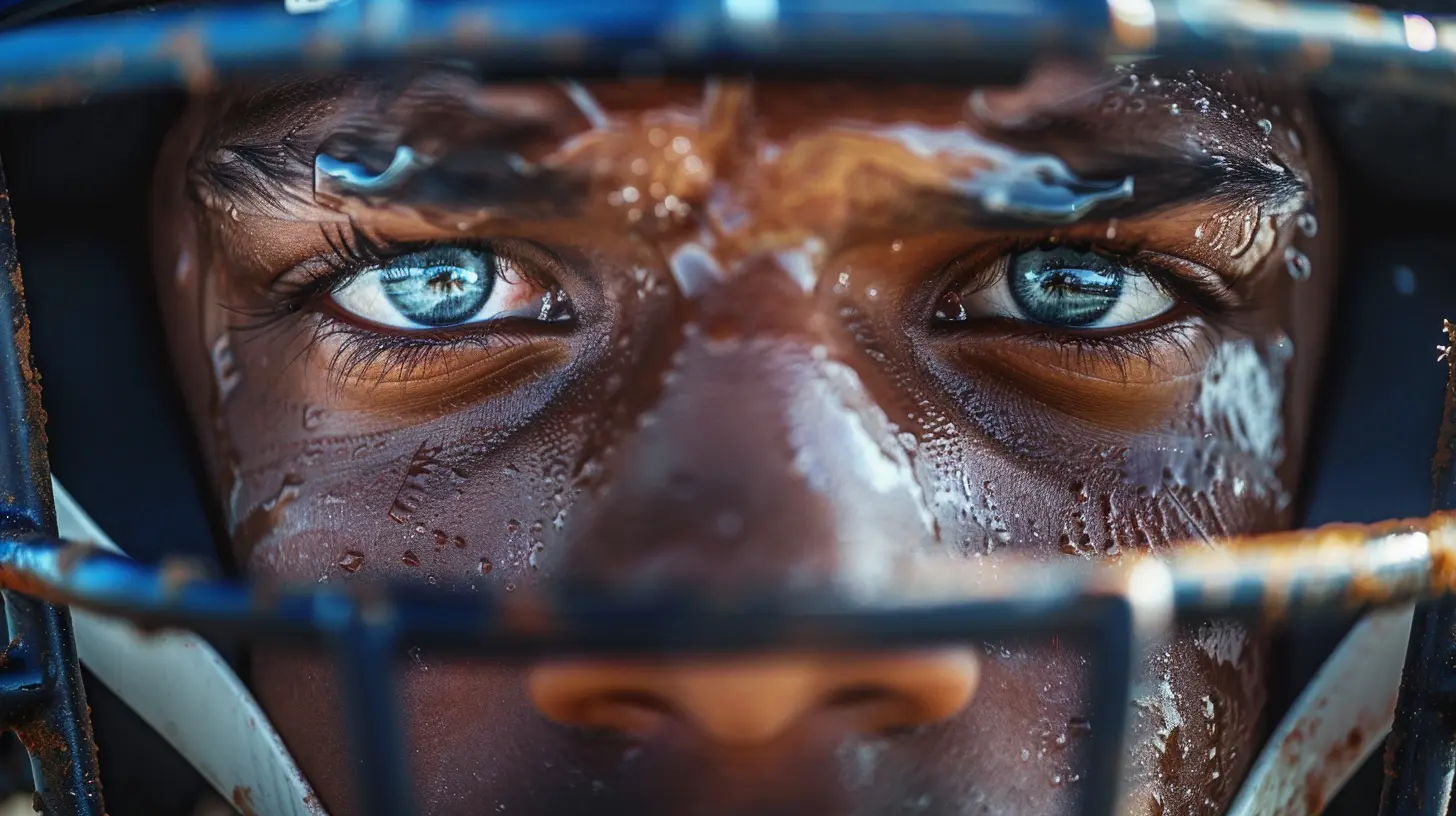
Why Mouthguards Matter in Contact Sports
Imagine getting hit in the face without any protection—ouch! Contact sports come with a high risk of dental injuries, from chipped teeth to serious jaw fractures. A mouthguard acts as a cushion, absorbing the impact and reducing the chances of injury.But it’s not just about protecting your teeth. A proper mouthguard can also help prevent concussions by reducing the force transferred to your brain during a blow to the jaw. That’s a big deal, especially for athletes in high-impact sports.
Common Sports That Require Mouthguards
Some sports come with a higher risk of facial injuries, making mouthguards essential. Here are a few:- Football – Constant tackles make helmets and mouthguards a must.
- Boxing & MMA – You’re literally taking punches to the face. A solid mouthguard is non-negotiable.
- Basketball – Believe it or not, flying elbows and accidental collisions make dental injuries common.
- Rugby – A full-contact sport without helmets? Your teeth are in serious danger.
- Hockey – Pucks, sticks, and aggressive play can turn a smile into a nightmare.
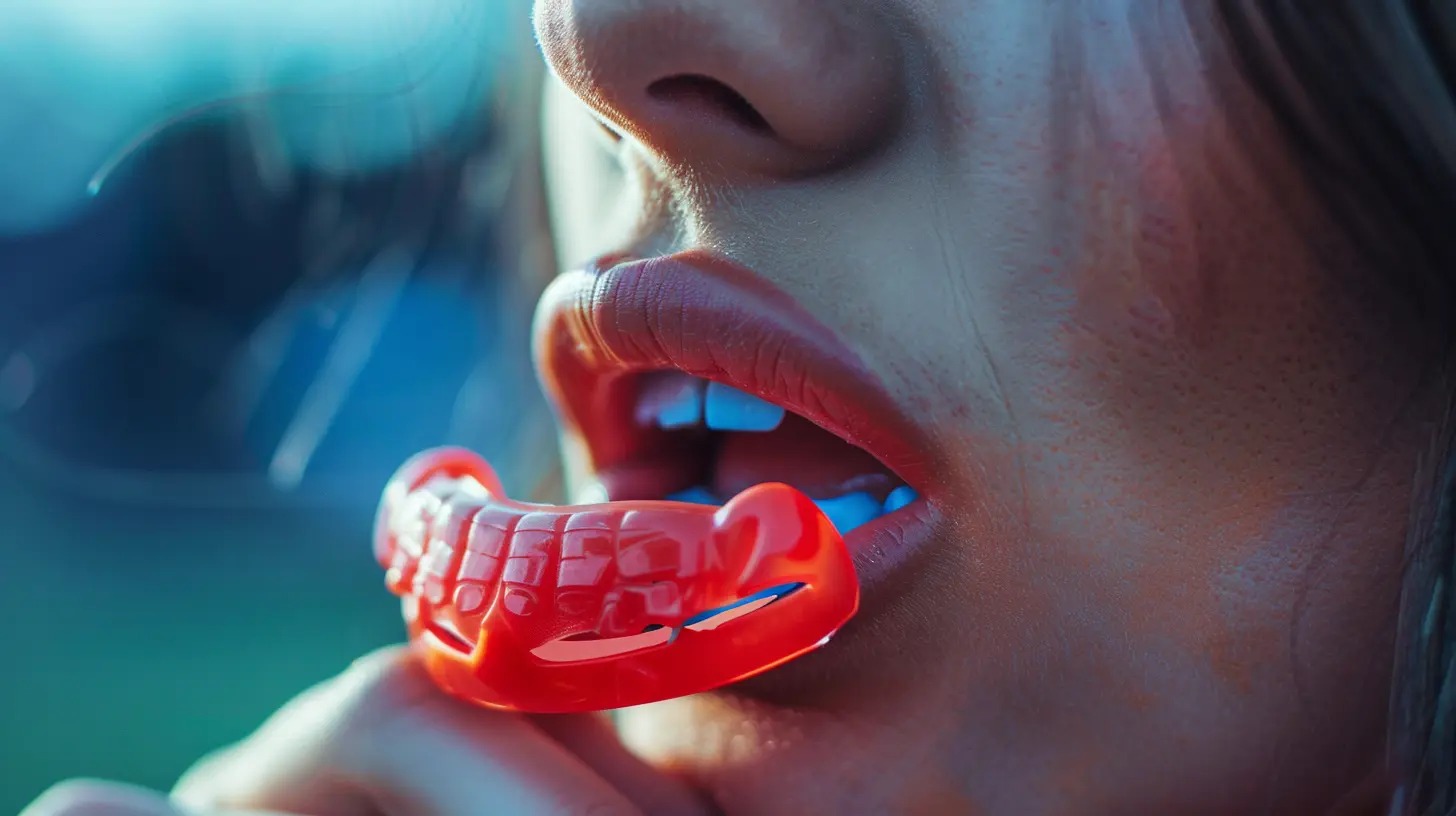
The Risks of Wearing an Ill-Fitting Mouthguard
Wearing a mouthguard is one thing, but if it doesn't fit properly, it might not protect you at all. In some cases, a bad fit can even make the situation worse.Reduced Protection
A loose or bulky mouthguard won’t stay in place during impact, leaving your teeth and jaw vulnerable. Instead of absorbing the shock, it might shift or fall out, defeating its entire purpose.Breathing & Speech Difficulties
Ever tried talking with a mouthguard that’s too big? It’s like trying to have a conversation with a marshmallow in your mouth. Not only is it uncomfortable, but it can also make breathing difficult, which is the last thing you want during a high-intensity game.Increased Discomfort & Distractions
If your mouthguard constantly rubs against your gums or feels awkward in your mouth, you’ll spend more time adjusting it than focusing on the game. A well-fitted mouthguard should feel natural, allowing you to concentrate on your performance without distractions.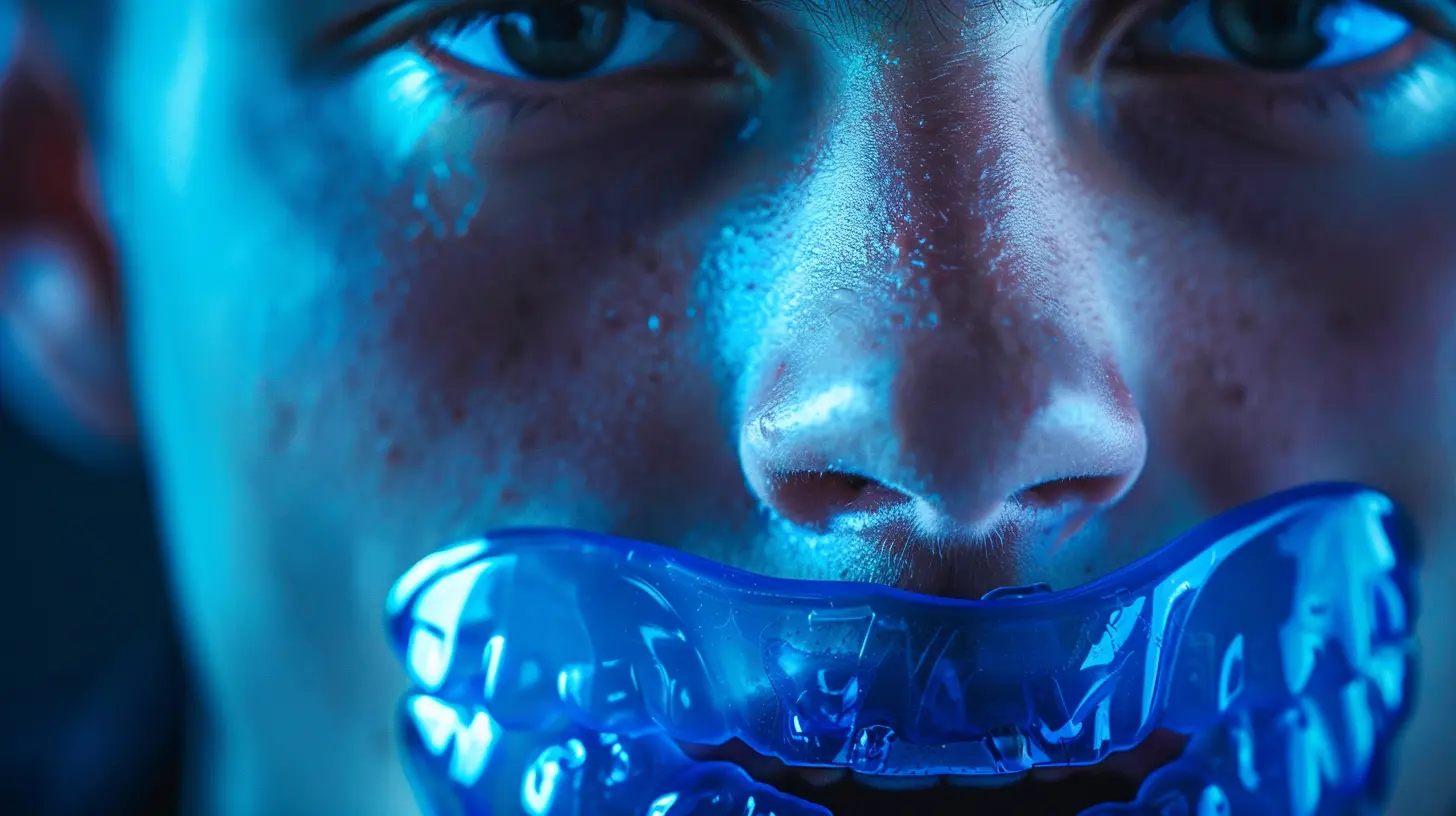
How to Choose the Right Mouthguard
A mouthguard isn’t just a generic piece of plastic—it should be tailored to fit your mouth perfectly. Here’s what to look for:1. Type of Mouthguard
There are three main types of mouthguards, each with its own pros and cons.Stock Mouthguards
These are pre-formed and available in most sporting goods stores. While they’re affordable, they often fit poorly and offer minimal protection.Boil-and-Bite Mouthguards
A step up from stock mouthguards, these are softened in hot water and then molded to your teeth. They provide a better fit but may still lack the precision of a custom mouthguard.Custom-Fitted Mouthguards
Made by a dentist, these provide the best fit and protection. They may be more expensive, but they’re worth every penny for serious athletes.2. Material & Thickness
Mouthguards come in different materials, from soft rubber to more rigid thermoplastics. For high-contact sports, a thicker mouthguard offers better shock absorption.3. Comfort & Fit
A good mouthguard should fit snugly without feeling restrictive. It should stay in place without you having to constantly bite down to keep it secure.4. Durability
Cheap mouthguards tend to wear down quickly. If you play regularly, invest in a high-quality one that can withstand repeated impacts.5. Breathability
A well-designed mouthguard allows for easy breathing. If you feel like you’re struggling for air while wearing it, it’s time for a new one.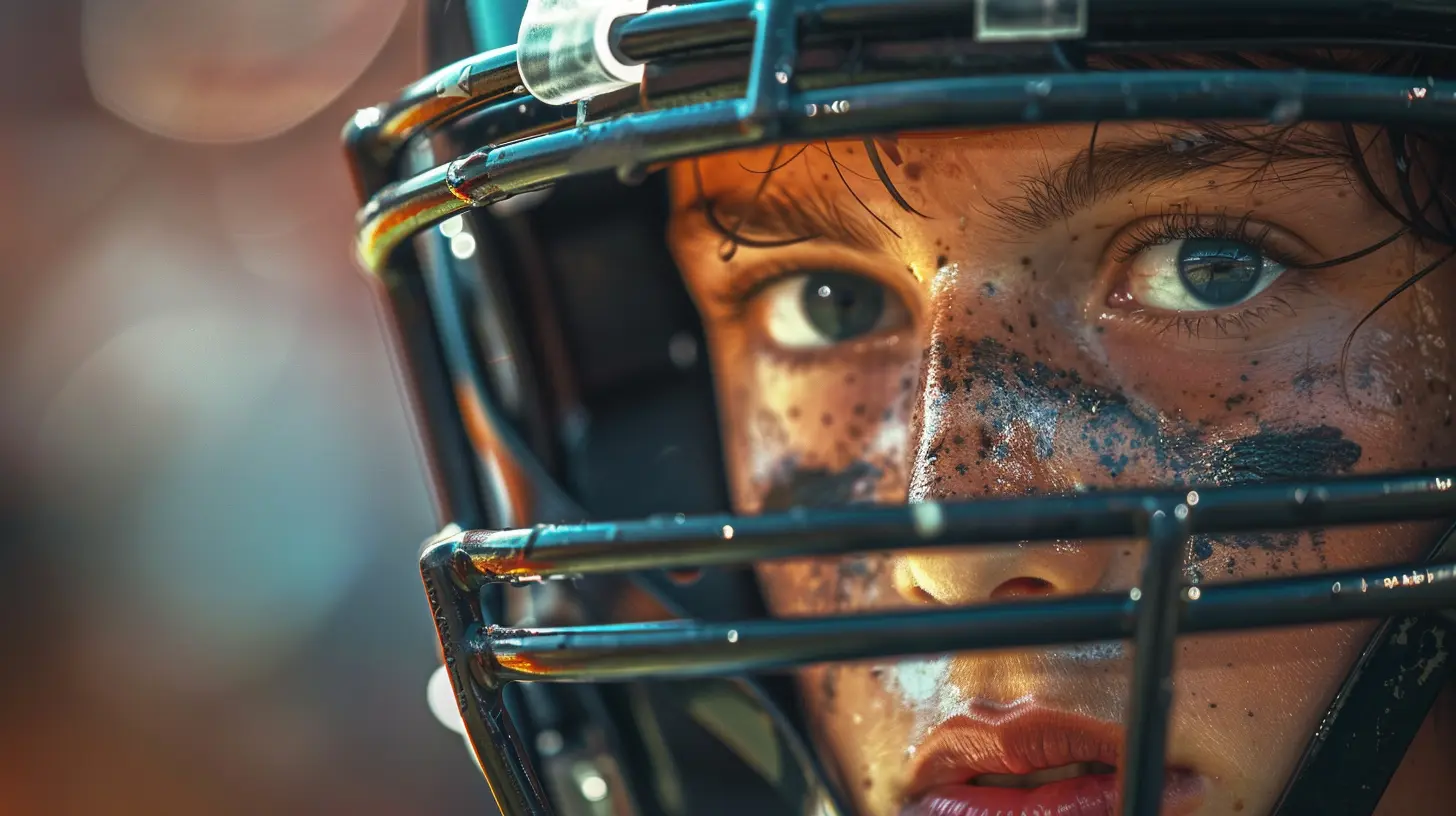
Maintaining and Caring for Your Mouthguard
Your mouthguard won’t do much good if it’s full of bacteria or falling apart. Proper care is essential for longevity and hygiene.Clean It Regularly
After each use, rinse your mouthguard with cold water and clean it using mild soap or a specialized mouthguard cleaner. Avoid using hot water, as it can warp the shape.Store It Properly
Keep your mouthguard in a ventilated case to prevent bacteria growth. Never leave it in direct sunlight or a hot car, as extreme heat can cause it to lose shape.Replace When Needed
Over time, mouthguards wear out. If you notice any tears, rough edges, or a loose fit, it’s time for a replacement.Final Thoughts
A properly fitting mouthguard is an essential piece of equipment for any contact sport. It’s not just about protecting your teeth—it can prevent serious injuries, improve performance, and give you peace of mind while competing.Don’t take shortcuts when it comes to your safety. Whether you're a weekend warrior or a professional athlete, investing in a high-quality, well-fitted mouthguard is a game-changer. Trust us—your teeth will thank you!
all images in this post were generated using AI tools
Category:
Sports EquipmentAuthor:

Preston Wilkins
Discussion
rate this article
1 comments
Oren Perez
Properly fitting mouthguards are essential in contact sports. They protect athletes from dental injuries and concussions while enhancing performance. Investing in a custom-fit mouthguard can make a significant difference in safety, comfort, and confidence on the field. Prioritize protection for optimal play.
October 7, 2025 at 4:24 AM

Preston Wilkins
Thank you for emphasizing the critical role of custom-fit mouthguards in protecting athletes. Your insights on safety and performance are spot on!
